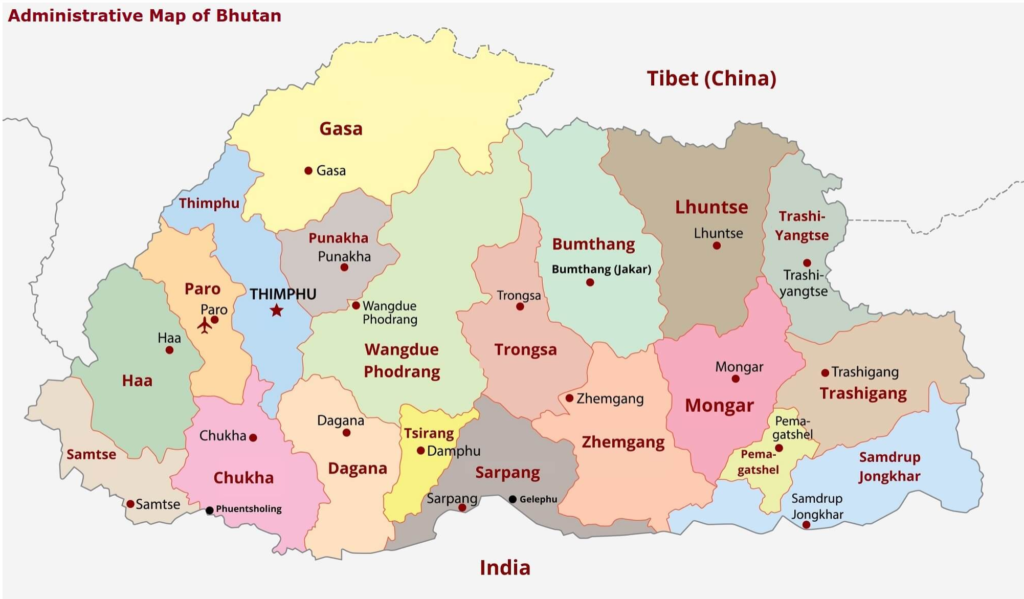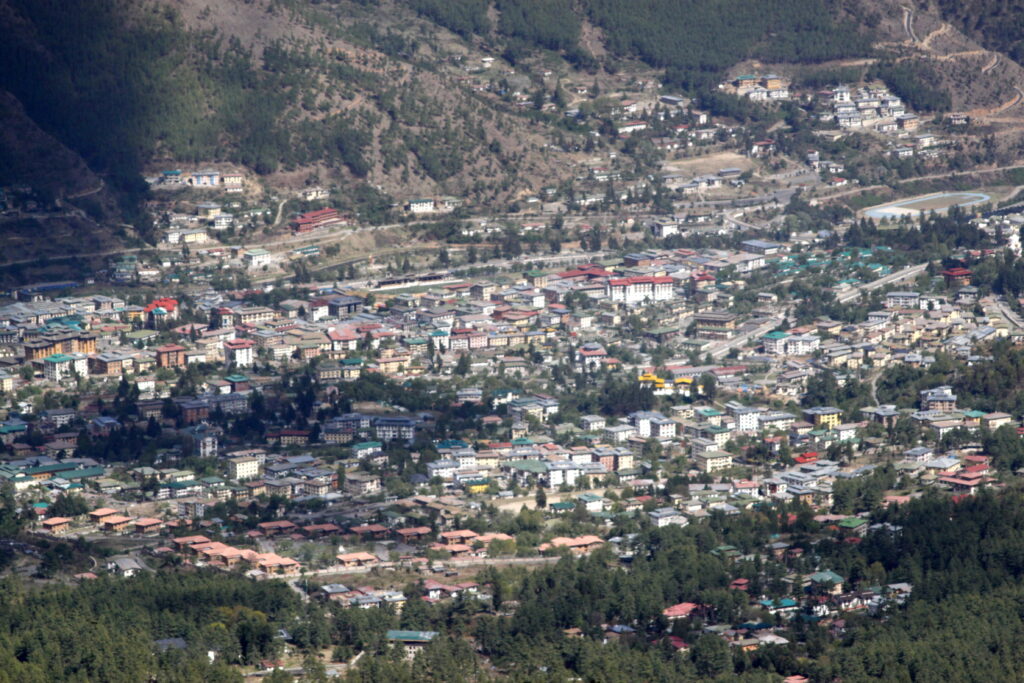Bhutan, a small Himalayan kingdom of just over 750,000 people, is renowned for its unique approach to development, balancing progress with cultural preservation and environmental care. Known as the “Land of the Thunder Dragon,” Bhutan is the only country to prioritize Gross National Happiness (GNH) over Gross Domestic Product (GDP). This philosophy of happiness and well-being emphasizes sustainable development, cultural preservation, environmental conservation, and good governance.

Travel Essentials
Getting to Bhutan
Travelers can enter Bhutan via Paro International Airport, with flights offered by Bhutan’s official carriers, Druk Air and Bhutan Airlines, from select cities in India, Thailand, Nepal, and Singapore. Entry by road is possible from India through Phuentsholing, Gelephu, and Samdrup Jongkhar border towns. All visitors, except Indian nationals, need a pre-arranged visa and must book their trip through a licensed Bhutanese tour operator or an international partner. Bhutan’s Sustainable Development Fee (SDF) supports its commitment to sustainable tourism, contributing to environmental and cultural preservation.
Culture & Food
Bhutanese culture is deeply tied to its Buddhist heritage, seen in its festivals, rituals, and everyday practices. The tsechus (annual religious festivals) are a vibrant display of traditional dances and music performed in stunning monasteries and fortresses, offering a unique glimpse into Bhutanese spiritual life. Bhutanese cuisine is distinct, with dishes like ema datshi (chili cheese stew) and phaksha paa (pork with red chilies) showcasing the Bhutanese love of chilies and dairy. Meals often feature red rice and seasonal vegetables, and traditional meals are enjoyed with family and friends.
Gross National Happiness (GNH)
Gross National Happiness (GNH) is Bhutan’s unique development philosophy, focusing on holistic well-being rather than just economic growth. GNH reflects Bhutan’s commitment to balancing material and spiritual growth, integrating cultural heritage, ecological sustainability, and good governance into national policies.
When to Visit
Bhutan is a year-round destination, with spring (March-May) and fall (September-November) being ideal for festivals, clear mountain views, and trekking. Winter (December-February) offers crisp skies and scenic landscapes, especially for those wanting to experience Bhutan’s serene temples and winter festivals.
Bhutan’s rich history, welcoming people, and breathtaking landscapes offer travelers an unforgettable journey into a land that remains beautifully untouched by time. Whether you’re seeking adventure, tranquility, or cultural immersion, Bhutan promises a unique and meaningful experience.


